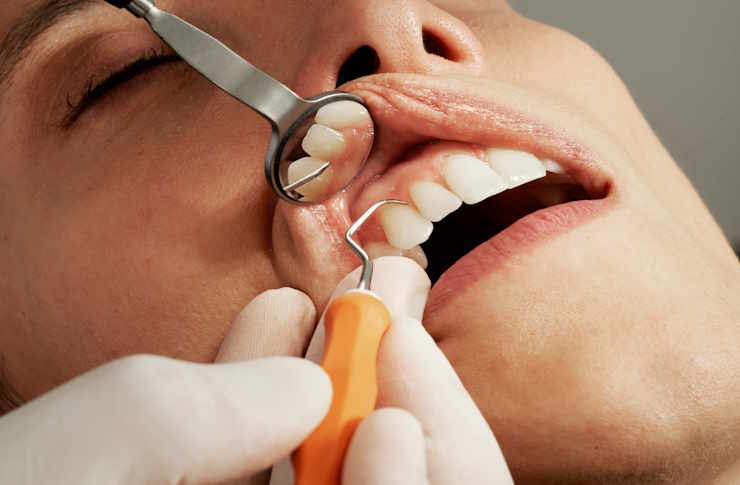Alternatives to Dentures: Options for Replacing Missing Teeth
Losing teeth can affect chewing, speech, and confidence, and many people assume dentures are the only answer. Today there are several dental approaches that restore function and appearance, ranging from fixed solutions to removable appliances. This article outlines common alternatives to dentures, how they work in the mouth, and factors to consider when evaluating options for replacing missing teeth.

This article is for informational purposes only and should not be considered medical advice. Please consult a qualified healthcare professional for personalized guidance and treatment.
What are dental implants and how do they work?
Dental implants are titanium posts surgically placed into the jawbone to replace tooth roots. After healing, a crown, bridge, or denture can be attached to the implant, creating a stable restoration that mimics a natural tooth’s function. Implants help preserve bone in the mouth because the implanted post transmits chewing forces to the jaw, which can reduce the bone loss that commonly follows tooth extraction. Implants require healthy bone and a dental assessment to determine suitability.
How do dental bridges replace missing teeth?
A dental bridge fills the gap left by one or more missing teeth using adjacent teeth or implants for support. Traditional fixed bridges use crowns on neighboring teeth to anchor a pontic (artificial tooth) between them, restoring chewing and appearance without removable appliances. Bridges are a dental solution when implants aren’t an option or when the surrounding teeth already need crowns. Proper hygiene under and around the bridge is essential to prevent decay or gum issues in the mouth.
Are implant-supported restorations different from dentures?
Yes. Implant-supported restorations combine the permanence of implants with the flexibility of different prostheses. For example, an implant-supported bridge or overdenture attaches to multiple implants for enhanced stability compared with conventional dentures. These restorations reduce movement in the mouth, improve chewing efficiency, and often feel more natural. The procedure involves surgery and a healing period; long-term success depends on bone health, oral hygiene, and regular dental follow-up.
What role do removable partials play in the mouth?
Removable partial dentures (partials) replace several missing teeth and clasp onto remaining natural teeth. They are typically less invasive and more affordable than implant-based solutions, and can be adjusted or replaced relatively easily. Modern partials may use flexible or metal frameworks designed for comfort and a better fit in the mouth. While partials restore appearance and some chewing function, they do not prevent jawbone loss at the site of missing teeth the way implants can.
How to choose between dental options in your area?
Choosing among implants, bridges, partials, or other dental approaches depends on medical history, jawbone condition, oral hygiene, aesthetic goals, and budget. A dental professional in your area can assess radiographs, discuss healing times, and explain maintenance needs for each option. Consider factors such as invasiveness, longevity, expected function, and routine care: implants often require surgical planning and longer timelines, while bridges and partials provide quicker restoration with different maintenance profiles.
Conclusion
There are multiple alternatives to traditional dentures, each with advantages and trade-offs for function, comfort, and long-term oral health. Discussing options with a qualified dental provider and reviewing your mouth’s anatomy, lifestyle, and priorities will help identify the most appropriate restoration. Regular dental care and realistic expectations about maintenance and outcomes are important parts of any tooth-replacement plan.






